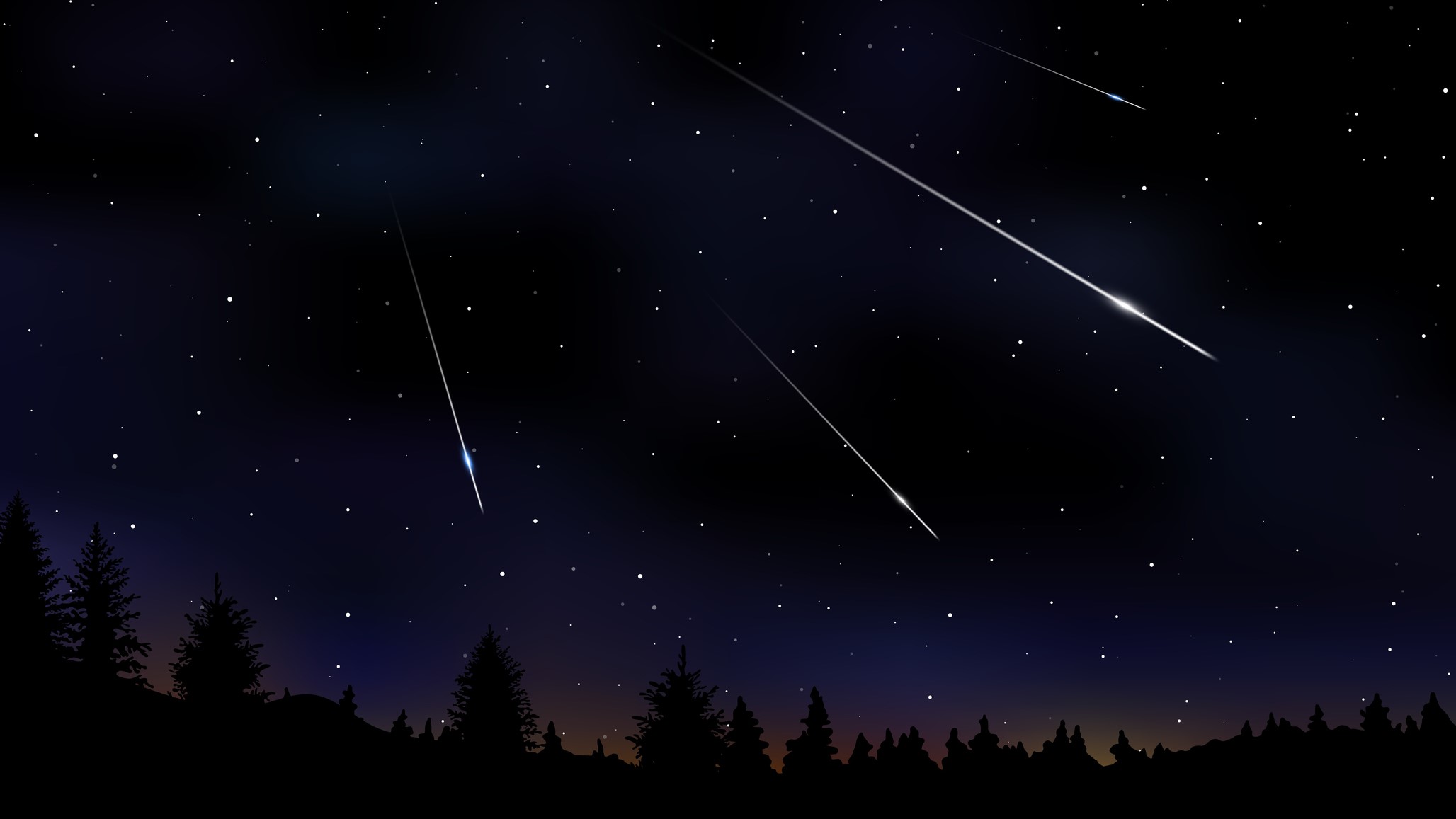
NASA said that the night of May 30 and the early morning of May 31 will bring a powerful Tau Herculids meteor shower courtesy of the SW3 comet.
The sky would light up with a brief but intense meteor shower display during the night of May 30 and the early morning of May 31.
A new meteor shower, the Tau Herculids, may explode in a week. It possibly ranks among the best of the annual meteor displays, according to NASA.
Tau Herculids is a comet fragment from the parent comet 73P/Schwassmann-Wachmann 3. (SW3).
Two German astronomers, Arnold Schwassmann and Arno Arthur Wachmann of Hamburg Observatory discovered the comet in 1930. It orbits the sun every 5.4 years.
Tau Herculids Meteor shower: All or nothing event

Because it was so faint, SW3 wasn’t spotted again until the late 1970s, and it appeared normal until 1995. Astronomers then discovered the comet had become 600 times brighter and was visible to the naked eye during its journey.
Astronomers realized that SW3 had shattered into several pieces, littering its own orbital trail with debris.
By the time it passed our way again in 2006, it was in nearly 70 pieces, and has continued to fragment further since then.
In July and August 2022, the comet will be visible in our evening sky once again.
Bill Cooke, who leads NASA’s Meteoroid Environment Office, said, “This will be an all or nothing event. If the debris from SW3 was traveling more than 220 miles per hour (354 kph) when it separated from the comet, we might see a nice meteor shower. If the debris had slower ejection speeds, then nothing will make it to Earth and there will be no meteors from this comet.”






